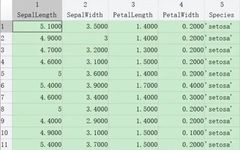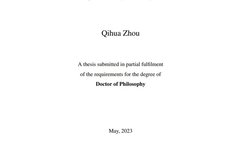Comprehensive Overview of End-to-End Autonomous Driving
Click the above “Beginner Learning Vision“, select “Star” or “Top“ Heavyweight content delivered first-hand Paper Author | Li Chen Editor | Heart of Autonomous Driving This year’s CVPR Best Paper was awarded to end-to-end autonomous driving, which, in the eyes of automotive professionals, represents a consensus: end-to-end autonomous driving is the future of the industry. … Read more






